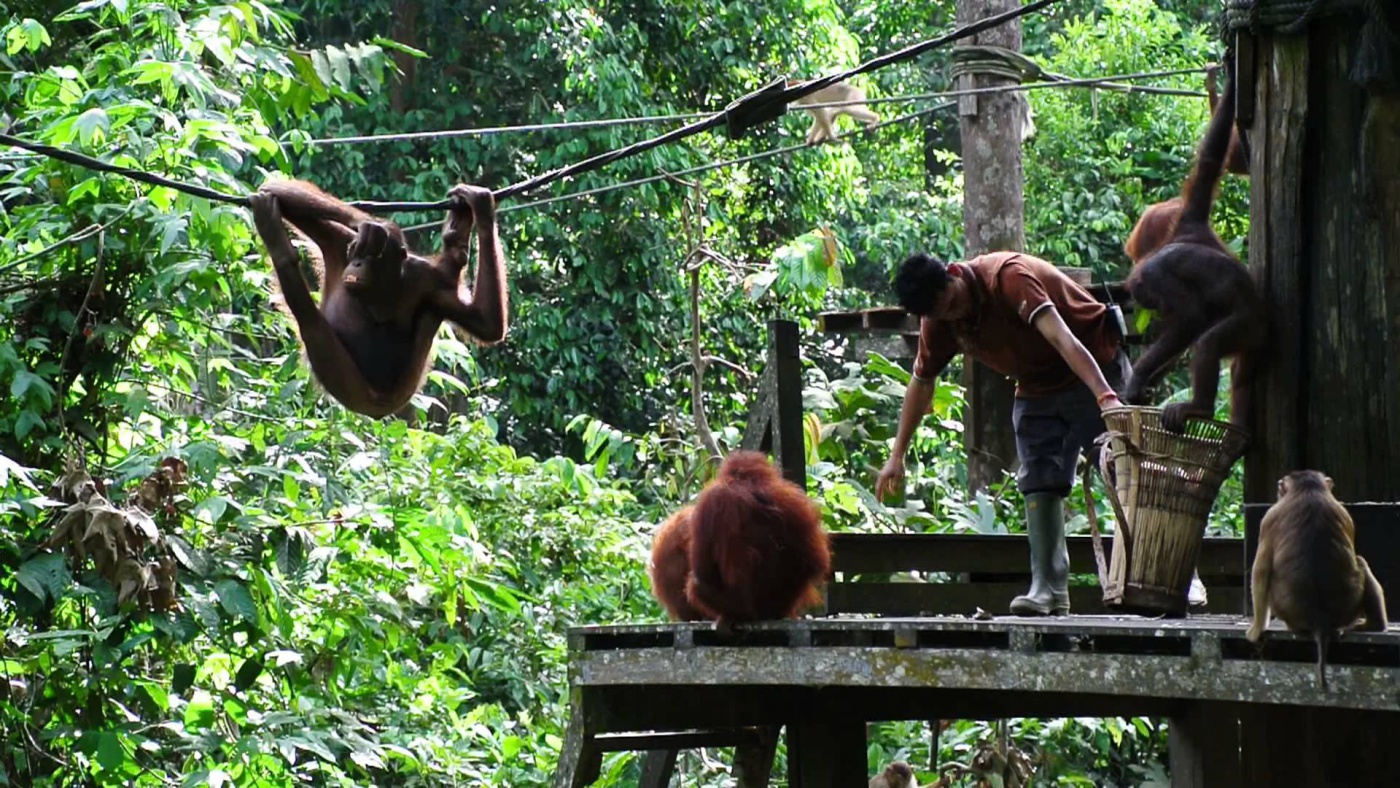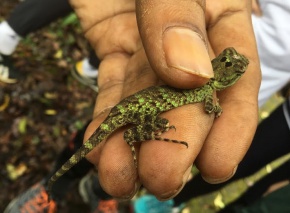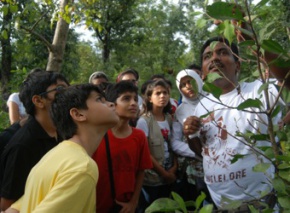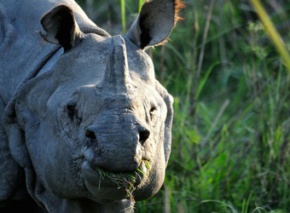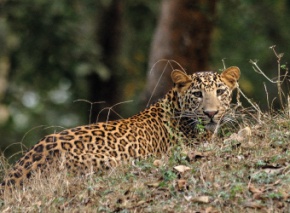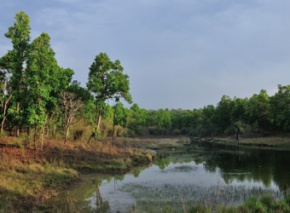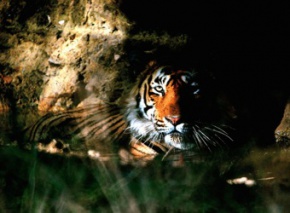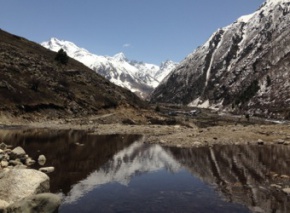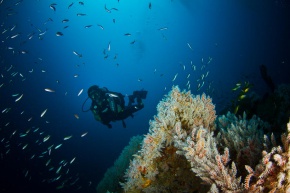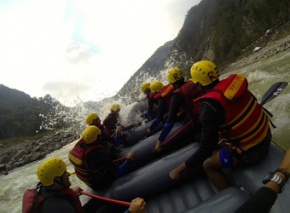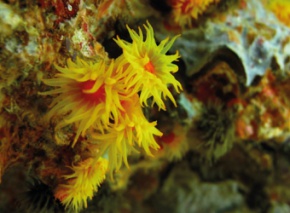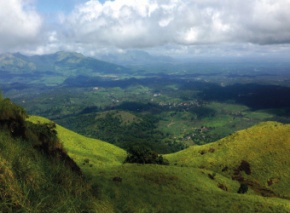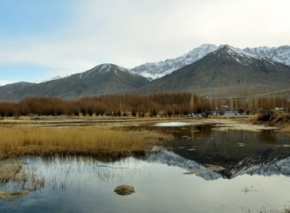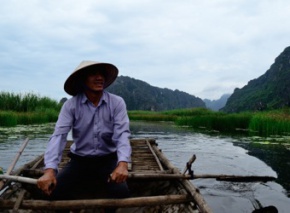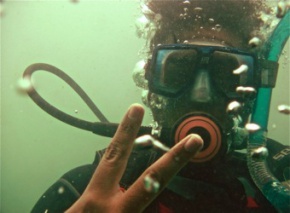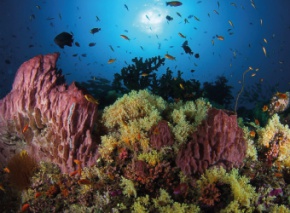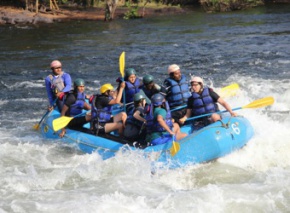
A trip to this region should at least be 6 nights and 7 days so that it allows students to explore these activities curated for this module comfortably, with clear learning outcomes.
Given below are a few activities that can be conducted at this destination, along with the appropriate age group. Our forte is customisation, so feel free to select ONE, ALL or ANY combination of these activities to design a trip unique to your curriculum and experiential learning needs.
Sepilok Orangutan Rehabilitation Centre in the Malaysian Sabah District of North Borneo was founded in 1964, to rehabilitate orphan orangutans. The site is 43 sqkm of protected land at the edge of Kabili Sepilok Forest Reserve. Orangutans are the most arboreal of the great apes and spend most of their time in trees. Unfortunately, these gentle creatures have lost well over 80% of their habitat in the last 20 years, and an estimated one-third of the wild population died during the fires of 1997-98. Now even their habitat on the remaining two islands is threatened. This loss of habitat is the result of economic pressures, man’s greed and ignorance and natural disasters.
The population of Indonesia has grown from 10 million people at the beginning of the 20th century to well over 240 million people in 2014. Today around 60 to 80 orangutans are living free in the reserve. Furthermore , they are threatened by a number of anthropogenic factors such as illegal trade to use them as pets, palm oil cultivation which destroys its habitat. Such rehabilitation centres maybe the last hope that these gentle primates have of survival, in this rapidly changing world.
Students will have an opportunity to interact with the centre staff and learn about the rehabilitation process as well as study in-depth the key conservation challenges impacting this vulnerable species.
The little-known Sun Bear (Helarctos malayanus) is the smallest bear species and the best tree climber. Their fondness for honey means they are sometimes named ‘honey bear’ or ‘beruang madu’ in Malay and Indonesian. Once found throughout Asia, from India to Vietnam and China to Borneo, their numbers have decreased dramatically. Their main threats are deforestation, commercial hunting and the pet trade. They are often found in appalling conditions; without a home, a mother, or left to rot in tiny cages.
The mission of the Bornean Sun Bear Conservation Centre (BSBCC) is to rescue these sun bears and promote their conservation to return sun bears to the forest. BSBCC is currently home to 36 rescued sun bears. All the bears at the centre are orphaned and/or ex-captive bears, often found in unnatural conditions, with inadequate diets and no stimulation. The Centre aims to give them a better life and build awareness about them amongst both local communities and visitors.
Students will learn from expert researchers and rehabilitators, how to work with the bears to develop the skills necessary - foraging, climbing trees, nest building and self-defence - for independence in the forest.
The Kinabatangan River is the longest river in Sabah, Borneo. It’s 560 km journey stretches from the mountains to the Sulu Sea on the East coast of Sabah. The lower reaches of the Kinabatangan River are home an incredibly diverse rainforest ecosystem - stranded ox-bow lakes, swamp and mangroves - which supports a rich, and varied concentration of wildlife. Here, students will have the exciting opportunity to discover the one of the last remaining, wild habitats of endangered species such as Orangutans, Proboscis Monkeys, Bornean elephants (world’s only pygmy elephants) alongside a large array of birds, reptiles and amphibians.
The Kinabatangan Wildlife Sanctuary is located in the lower basin. Historically the Kinabatangan River has been a vital lifeline for transporting forest produce from the interior to the coast. Sukau, about 80km upriver from the coast, is now home to wildlife tourism.
CONSERVATION CONCERN
Made up of 3 countries in 746,000 sqkm of land, Borneo’s forests are home to 221 species of mammals, 620 species of birds, 35% out of its 15,000 plant species that are found nowhere else and over 150 species of dipterocarp trees. In each tree, there are 1,000 insect species. And that’s just a rough estimate.
Over the past ten years, 360 new species have been found. Borneo’s dipterocarp forests are threatened by land conversion to plantation, lack of income-generation for rural communities, immigrant farmers, coal mines, access roads and fire.

Related Destinations

Region: India
Active Modules: Terrestrial Ecosystem Exploration

Region: India
Active Modules: Terrestrial Ecosystem Exploration, Service and Sustainability

Region: India
Active Modules: Terrestrial Ecosystem Exploration, Project Based Trips, Service and Sustainability

Region: India
Active Modules: Terrestrial Ecosystem Exploration, Project Based Trips, Service and Sustainability

Region: India
Active Modules: Terrestrial Ecosystem Exploration, Project Based Trips

Region: India
Active Modules: Terrestrial Ecosystem Exploration, Project Based Trips, Life Skills Expeditions

Region: India
Active Modules: Terrestrial Ecosystem Exploration, Project Based Trips, Service and Sustainability

Region: India
Active Modules: Life Skills Expeditions, Project Based Trips, Service and Sustainability

Region: India
Active Modules: Marine Ecosystem Exploration, Life Skills Expeditions

Region: India
Active Modules: Life Skills Expeditions, Project Based Trips

Region: Sri Lanka
Active Modules: Marine Ecosystem Exploration, Project Based Trips

Region: India
Active Modules: Life Skills Expeditions, Project Based Trips, Service and Sustainability

Region: Thailand
Active Modules: Marine Ecosystem Exploration, Service and Sustainability, Project Based Trips

Region: India
Active Modules: Project Based Trips, Life Skills Expeditions, Service and Sustainability, Terrestrial Ecosystem Exploration

Region: India
Active Modules: Life Skills Expeditions, Project Based Trips, Service and Sustainability, Terrestrial Ecosystem Exploration

Region: Vietnam
Active Modules: Life Skills Expeditions, Service and Sustainability

Region: India
Active Modules: Marine Ecosystem Exploration, Project Based Trips, Service and Sustainability

Region: Greece
Active Modules: Marine Ecosystem Exploration, Life Skills Expeditions, Service and Sustainability, Project Based Trips

Region: India
Active Modules: Life Skills Expeditions, Project Based Trips, Service and Sustainability
